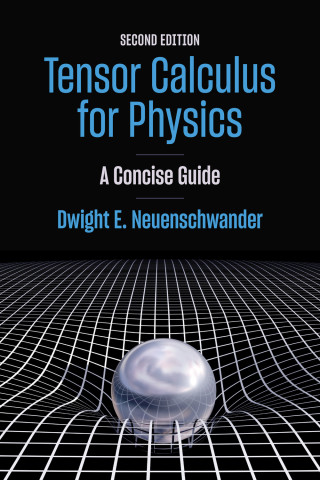
Reviews
Good Vibrations deals, in a nontechnical manner, with the very interesting subject of the physics of music.
Good Vibrations provides many interesting facts and connections between physics and music for the general reader.
It is seriously easy to understand... It is clear that Parker loves having been born into a world that includes music. Reading this book is like listening to a teacher who worships his subject matter.
Book Details
Acknowledgments
Introduction
I. Sound and Sound Waves
1. Making Music: How Sound Is Made
2. The Sound of Music: Perception
3. Good Vibes: Waves in Motion
II. The Building Blocks of Music
4. Making Music
Acknowledgments
Introduction
I. Sound and Sound Waves
1. Making Music: How Sound Is Made
2. The Sound of Music: Perception
3. Good Vibes: Waves in Motion
II. The Building Blocks of Music
4. Making Music Beautiful: Complex Musical Tones
5. The Well-Tempered Scale
6. Down Melody Lane with Chords and Chord Sequences
7. "You've Gotta Have Rhythm": Rhythm and Types of Music
III. Musical Instruments
8. Why a Piano Is Not a Harpsichord
9. The Stringed Instruments: Making Music with the Violin and the Guitar
10. The Brass Instruments: Trumpet and Trombone
11. The Woodwinds: Clarinet and Saxophone
12. The Most Versatile Instrument: The Singing Voice
IV. New Technologies and Acoustics
13. New Technologies and Acoustics
14. Making a MIDI Recording
15. The Acoustics of Concert Halls and Studios
Epilogue
Suggested Readings
Index





